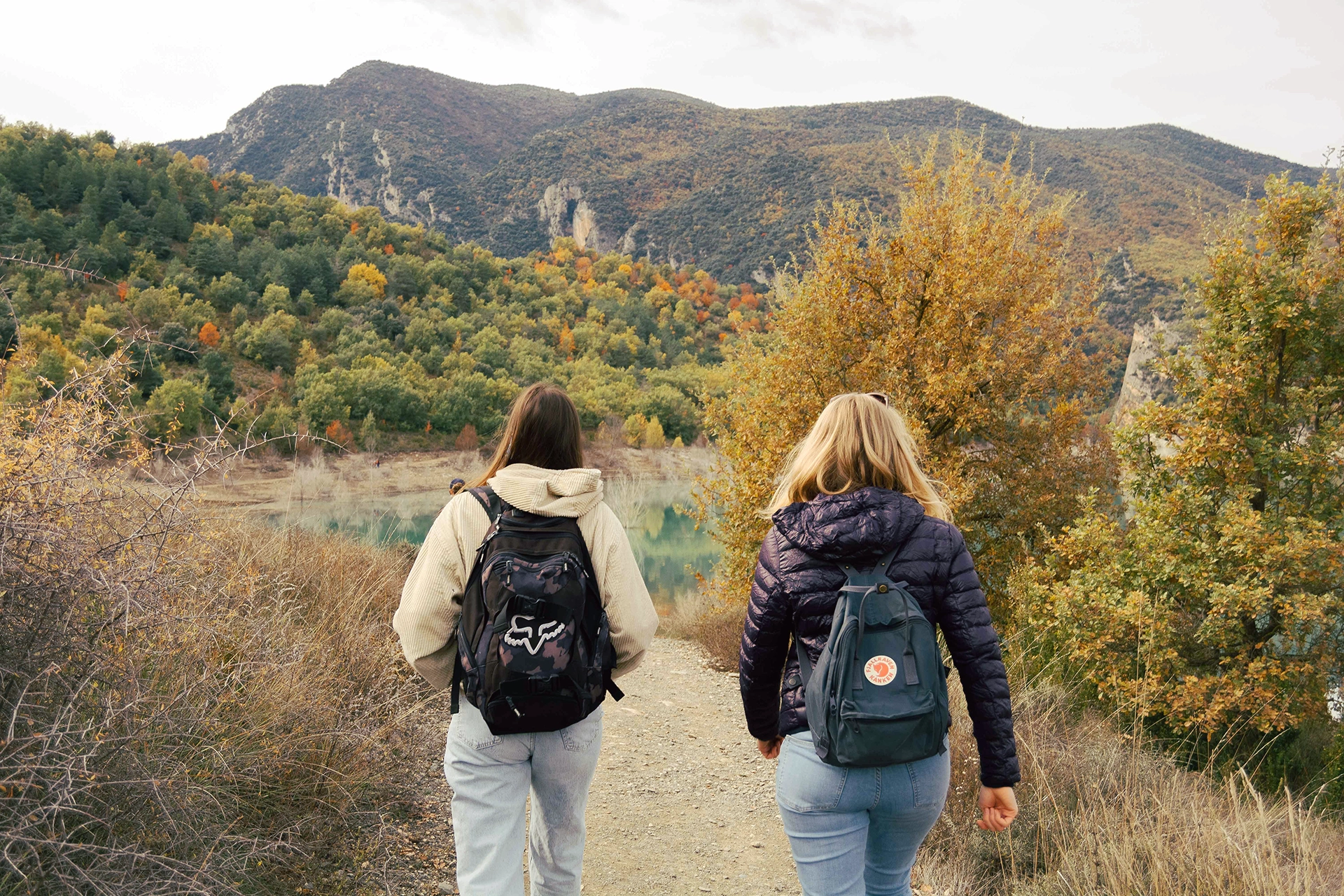Rucking – What Is It and Should You Do It?

PREMIUM CONTENT for MEMBERS ONLY
My family has always loved outdoor activities. As a kid, my parents would take me camping, mountain biking, and occasionally on multi-week hiking trips. Through this exposure, I have gained a strong interest in exercise, and naturally, sports. I felt as though I had a pretty good grasp on most sports, including backpacking, but was surprised to see that people had come up with a name for it that I was unfamiliar with.
What is Rucking?
Rucking is a new take on an old form of exercise. It is a low-impact exercise which involves walking or hiking while carrying a weighted backpack. It has seen a huge uptick in popularity here in the United States since online influencers have been promoting it for improving fitness, building endurance and challenging yourself.
Rucking has been a core exercise in military training since soldiers must be able to carry their gear over long distances. The term “rucking” comes from “ruck sack’, which is defined as a durable backpack for carrying gear. As a fun fact, the U.S. Army gives new infantrymen a 12-mile foot march (ruck) as a test, which they must complete within three hours, carrying at least 35 pounds of gear.
“If you are new to hiking or exercising in general, it is recommended to start slowly.”
If you are interested in getting into this sport, by no means do you have to start with 35 pounds of added weight. If you are new to hiking or exercising in general, it is recommended to start slowly. Using a backpack or ruck sack that is comfortable for you, you should begin rucking with approximately 10% of your body weight added (i.e. if you weight 140lbs, add 14lbs). You don’t need to buy any fancy equipment, you can use sandbags, rocks, bottles of water (your bag may be lighter on the way back), or anything else that fits in the bag. In terms of distance, a good beginner distance is 2 miles, but any distance is better than nothing.
As your endurance increases over time, you can add more weight, increase your pace or the distance you are hiking. If your main goal is to increase strength, focus on increasing the load weight. If your goal is to increase endurance, focus on adding distance to your hikes.
Benefits
“…it could offer an effective training program for preventing sarcopenia and frailty.”
Rucking has been shown to improve strength, endurance and overall fitness. A study from 2019 looking at 15 healthy male civilians, found that after a 10-week load carrying program, participants’ muscular power and oxygen intake improved. The study also found that this type of training lowered ratings of perceived exertion.
Rucking has also been shown to improve muscle power in older adults, implying it could offer an effective training program for preventing sarcopenia and frailty. Beyond these benefits, adding weight to your frame increases the calorie burn of your walk/hike. Because you have added weight to your body, this increases the amount of energy required to move at the same pace you would without the added weight.
Takeaway
“…this exercise generally is done outdoors, which has been shown to be beneficial for mental health; reducing stress and anxiety levels.”
Rucking is an excellent full-body workout that engages just about every muscle group, and the added weight causes your muscles to work harder, promoting growth. Because it is a low-impact cardiovascular exercise, it is definitely beneficial for cardiovascular endurance and increases the amount of calories burned through the added weight of the ruck sack. Furthermore, this exercise generally is done outdoors, which has been shown to be beneficial for mental health; reducing stress and anxiety levels. Rucking can also be a social activity. With the recent uptick in popularity, there are likely rucking clubs or groups near you.
As always, before starting a new exercise regimen, check with your primary care physician to ensure you are able to begin this regimen.

E. Dylan Mayer is a graduate from the University of Colorado at Boulder, with a major in Neuroscience and minor in Business. He also holds a Master’s Degree in Nutrition from Columbia University.
✓ This article was reviewed and approved by Emeran Mayer, MD